| Vietnam is the second largest source of canned tuna for the US market. Tuna exports are difficult to export, stuck in |
Information about seafood exporting enterprises facing difficulties due to regulations that only skipjack tuna from 5 - 7 kg and herring from 110 mm (ie 0.11 mm) can be caught. This is a regulation on the minimum size allowed to be exploited for aquatic species living in natural waters in Decree 37/2024, effective from May 19, 2024.
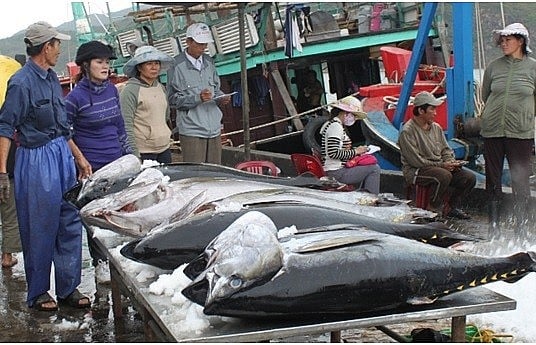 |
| Exploiting ocean tuna in Phu Yen province. Illustrative photo |
Discussing more clearly about this regulation at the regular press conference of the Ministry of Agriculture and Rural Development held on the afternoon of June 28, Mr. Nguyen Quang Hung - Director of the Department of Fisheries Control (Ministry of Agriculture and Rural Development) - said that the purpose of these regulations is to protect the current depleted marine resources.
"Currently, with the aim of protecting aquatic resources, Europe, Japan and some other countries have regulated the allowable exploitation size to ensure moderate exploitation, in order to maintain reserves for the following years," said Mr. Hung.
Not only investigating the resources, according to the Director of the Fisheries Control Department, before issuing these regulations, the specialized agencies had conducted thorough research on scientific basis, biological analysis with complete data over the past 10 years.
On the scientific basis, research by the Institute of Marine Research shows that from 2010-2020, biological analysis of aquatic species such as herring, at sizes of 500mm and 110mm, up to 50% of individuals mature and reproduce for the first time. Therefore, that is the key point to limit the size of exploitation, exploitation below that point is not allowed.
“In recent years, our marine resources have declined sharply. If we do not regulate the size, people will exploit all juveniles and those under adulthood. In this way, the resources will run out and we will have no resources left to exploit,” Mr. Nguyen Quang Hung emphasized.
According to data from the Fisheries Control Department, marine resources in our country have declined in both quantity and quality over the past many years. The immediate reserves of marine resources in the period 2016 - 2020 are estimated at about 3.95 million tons, down 22.1% compared to the reserves of 5.07 million tons in the period 2000 - 2005. The main cause of the decline in resources is determined to be over-exploitation, especially invasive exploitation of juveniles and small-sized aquatic species, which account for a high proportion of the exploited output.
The report of the Fisheries Control Department sent to the Vietnam Association of Seafood Exporters and Producers (VASEP) shows that the results of the 2015-2020 fisheries biological survey have shown that the rate of encroachment on economic aquatic resources is very high, occurring in all types of occupations, sea areas and at most times of the year.
During the breeding and rearing season of aquatic species, the rate of resource encroachment of some economic species reaches an absolute level with 100% of the output being small-sized juvenile fish, shrimp, and squid. Therefore, to develop a green and sustainable aquaculture industry, solutions are needed to minimize the level of encroachment, protect and restore resources.
In countries around the world, the minimum catch size is the smallest size of aquatic species that can be exploited by different types of fishing gear and occupations. This is a technical measure in the management of aquatic resources. Regulations on minimum catch size have been included in the management regulations of organizations (FAO, IATTC...) and many countries and territories (USA, Mexico, Egypt, Turkey, Canada, Spain, India, Japan, Taiwan (China), Korea, Australia, Indonesia, New Zealand...).
In Vietnam, the minimum exploitation size has been regulated for nearly 20 years in legal documents in the field of fisheries. The minimum permitted exploitation size of economic aquatic species and endangered, precious and rare aquatic species in natural waters is regulated in Circular 02/2006/TT-BTS dated March 20, 2006 of the Ministry of Fisheries and Circular 62/2008/TT-BNN dated May 20, 2008 of the Ministry of Agriculture and Rural Development. In these documents, the permitted ratio of objects smaller than the regulated size does not exceed 15% of the exploited aquatic product output.
Source: https://congthuong.vn/quy-dinh-danh-bat-ca-ngu-van-tu-5-kg-va-ca-trich-dai-110mm-dau-la-ly-do-328987.html


![[Photo] Readers line up to visit the photo exhibition and receive a special publication commemorating the 135th birthday of President Ho Chi Minh at Nhan Dan Newspaper](https://vphoto.vietnam.vn/thumb/1200x675/vietnam/resource/IMAGE/2025/5/17/85b3197fc6bd43e6a9ee4db15101005b)
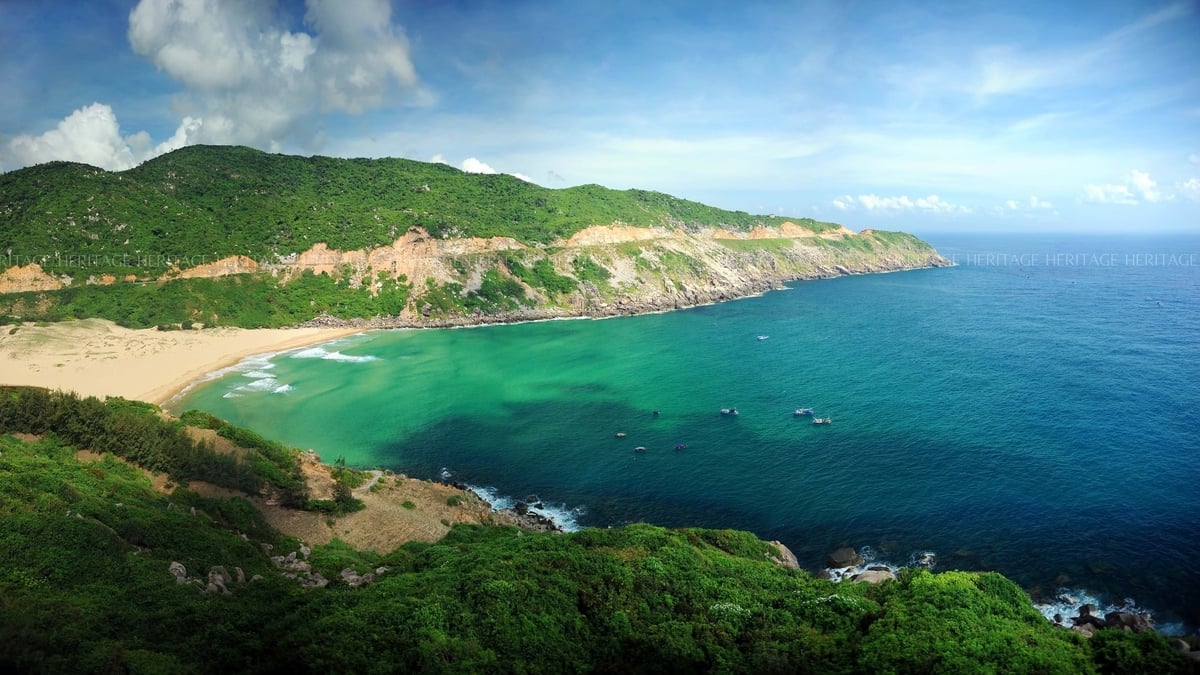

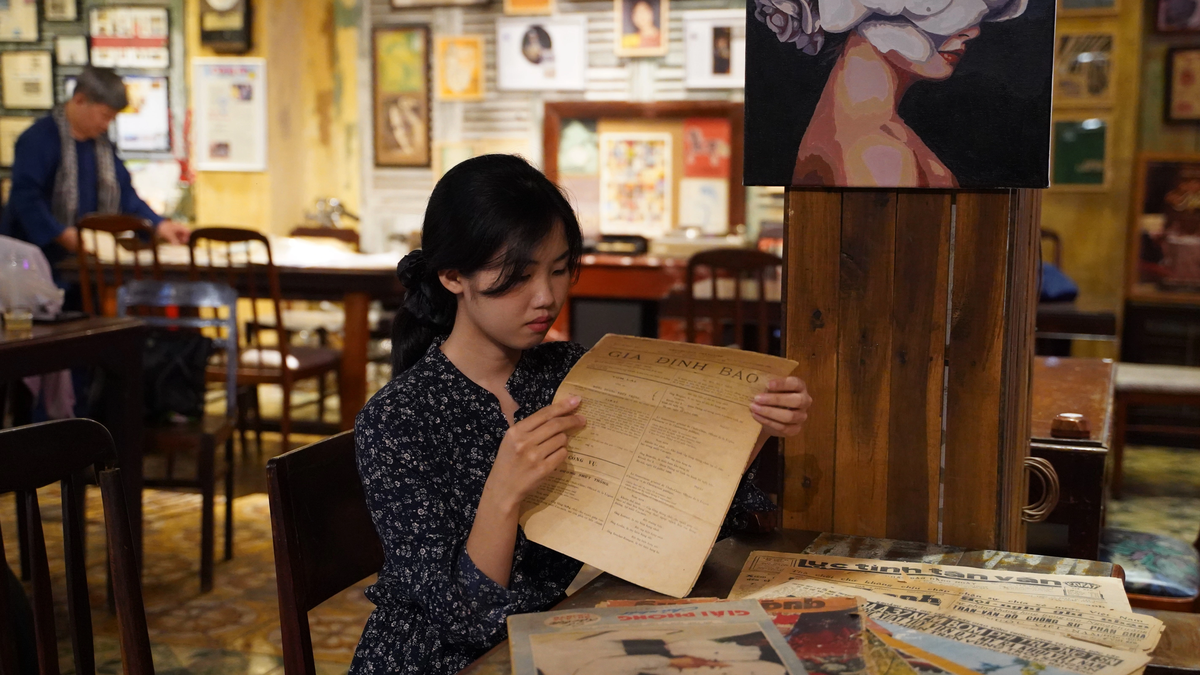
![[Photo] More than 17,000 candidates participate in the 2025 SPT Competency Assessment Test of Hanoi National University of Education](https://vphoto.vietnam.vn/thumb/1200x675/vietnam/resource/IMAGE/2025/5/17/e538d9a1636c407cbb211b314e6303fd)
![[Photo] Prime Minister Pham Minh Chinh chairs meeting on science and technology development](https://vphoto.vietnam.vn/thumb/1200x675/vietnam/resource/IMAGE/2025/5/17/ae80dd74c384439789b12013c738a045)


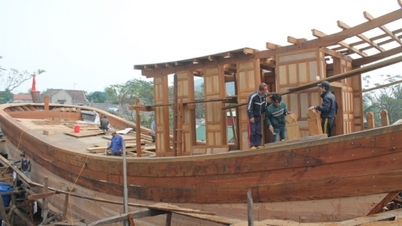

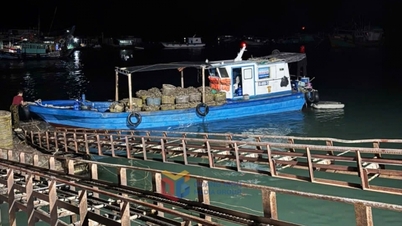









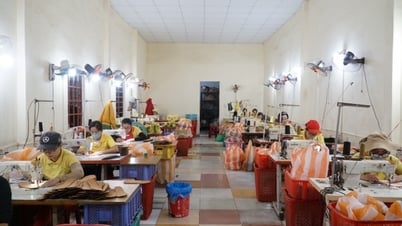




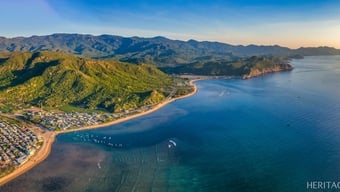
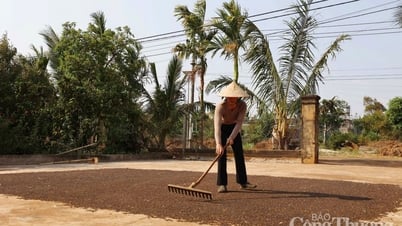
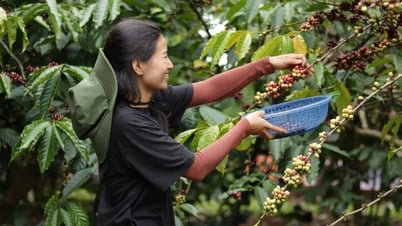


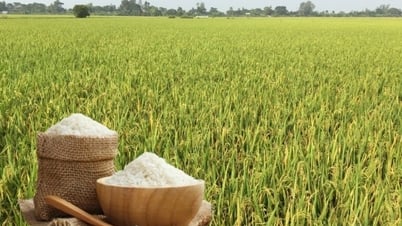

![[Photo] Nearly 3,000 students moved by stories about soldiers](https://vphoto.vietnam.vn/thumb/1200x675/vietnam/resource/IMAGE/2025/5/17/21da57c8241e42438b423eaa37215e0e)
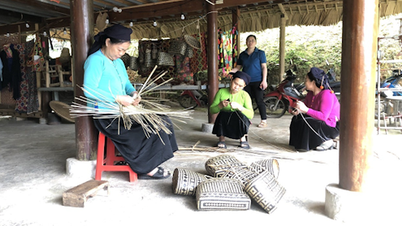






















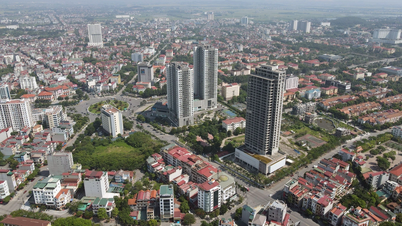




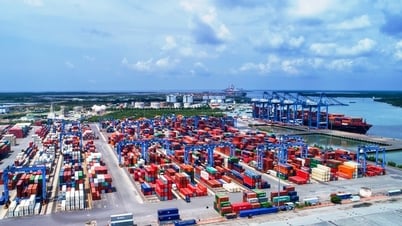



























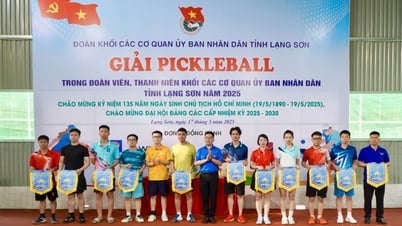





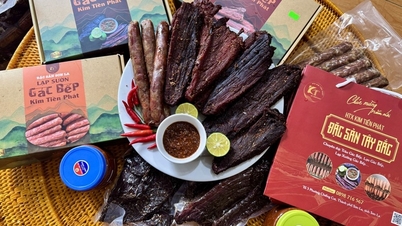

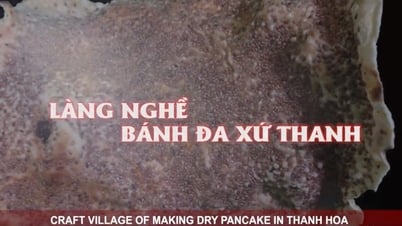
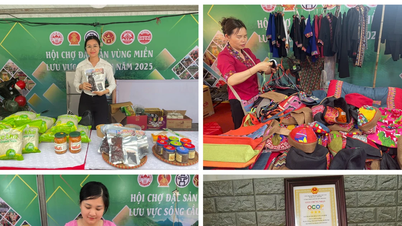




Comment (0)